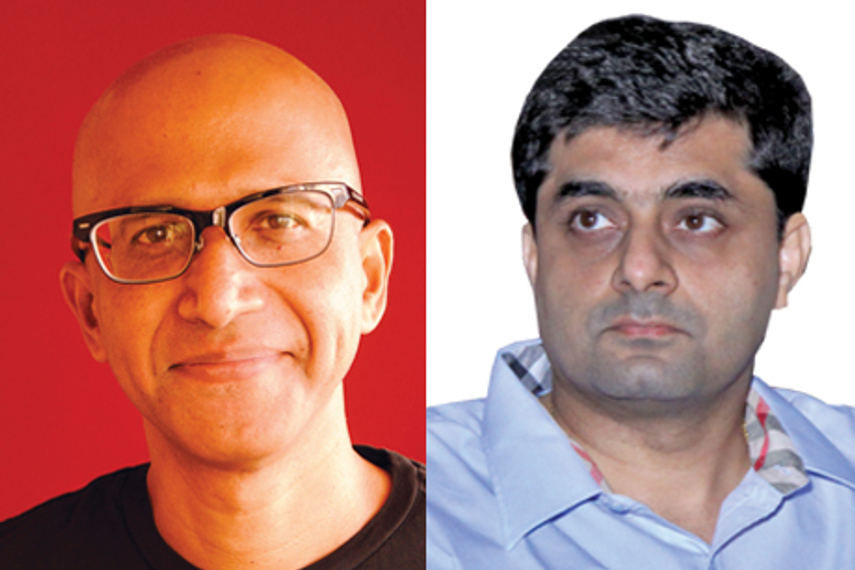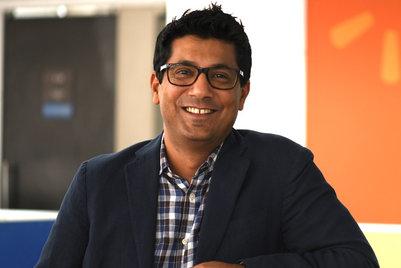Festive season shopping is often done at the last minute. Will instant delivery (same/ next day) lure people to make festive purchases online?
Kiran Khalap (KK): Am not sure it’s online versus offline. Online’s reach is higher. It works far better in geographical areas starved of retail outlets (if I remember right, the sale of Reebok shoes in Tier 1 and Two 2 via HomeShop18 is higher than through its retail outlets); for low-ticket products (low penalty for experimentation); easy-to-compare technology products. Instant delivery will certainly lubricate experimentation.
Devendra Chawla (DC): Festive buying last minute and online will see its first cycle from e-commerce and e-retail and thus the learnings are yet to come. Only after experimentation will we know how much does it work with the consumers. I don’t think the answer lies in online or offline; it’s about being omni-channel in retail. Even offline retailers could use technology.
Amazon’s ‘90-minute delivery’ promise for Diwali is being launched in India first. Will this lure new shoppers or is a latent demand being addressed?
KK: The latent demand is for instant gratification, like instant fame. It will create a band of new experimenters in select categories, and then settle down to becoming a habit for last minute purchases. Some research shows that routine and impulse purchase is very high for food and clothing, the time taken to decide is growing less in other categories too. Consumers will make their decisions even faster in the future.
DC: Whether it is online or offline, faster checkout and products in customers’ hands is always a challenge for retailers. So, that challenge remains both online and offline. Faster checkout will always work for the consumer.
E-commerce portals offer discounts and offers through the year. So, do festive sales on portals become less attractive? For the same reason, is it more of a challenge to get shoppers online during the festive season?
KK: When we come to festival buying, I guess the festival is a trigger for purchase, just as Black Friday is in the US (around 25th November) or Singles Day (11th Nov) is in China. (BTW last year’s figures are jaw dropping: Black Friday offline sales $1 bn in US; Singles Day online sales $6 bn in China.)
DC: India gets activated by festivals. Consumers are open to buying during festive season no matter what is the purchase history. Even if the consumer bought at a huge discount during a non-festive period, he/she will be back to make a purchase during a festival like Diwali. It’s a marketers challenge how to engage with them during those festivities. And if they can there’s always a sale to be made.
Does the physical shopping experience matter more when it comes to festive shopping?
KK: No. It depends on which city you’ll be in. In places like Goa and Pune, shopping is a family outing. There are other places like Mumbai, parking and traffic become time suckers and are issues. So, instead of stepping out, people look to buy online instead. Festivals remain triggers for purchases, and so you will invest in shopping at that time. Also, to gift family members in other towns you cannot fly down so online remains a good option.
DC: Festive shopping always involves people going out and physical movement. Families go out to buy gifts and then visit relatives to give them. I think festive shopping sees a lot of food being gifted like chocolates, mithais and dry fruits. Currently these items are available offline a lot more than online and we’ll have to wait and watch if that changes. The learning curve of it is yet to come.
Any other challenge e-commerce marketers face during the festive season that comes to mind?
KK: Just as there is retailer loyalty there will be online loyalty…because of the totality of experience and not just because of the brand or product available, even if it is exclusively available at that e-commerce site.
DC:There’s a lot of impulse buying. A lot of the purchases are made possible because of the ‘touch-feel’ phenomenon. So, that’s a challenge for e-commerce players.








.jpeg&h=268&w=401&q=100&v=20250320&c=1)
.png&h=268&w=401&q=100&v=20250320&c=1)
.png&h=268&w=401&q=100&v=20250320&c=1)

